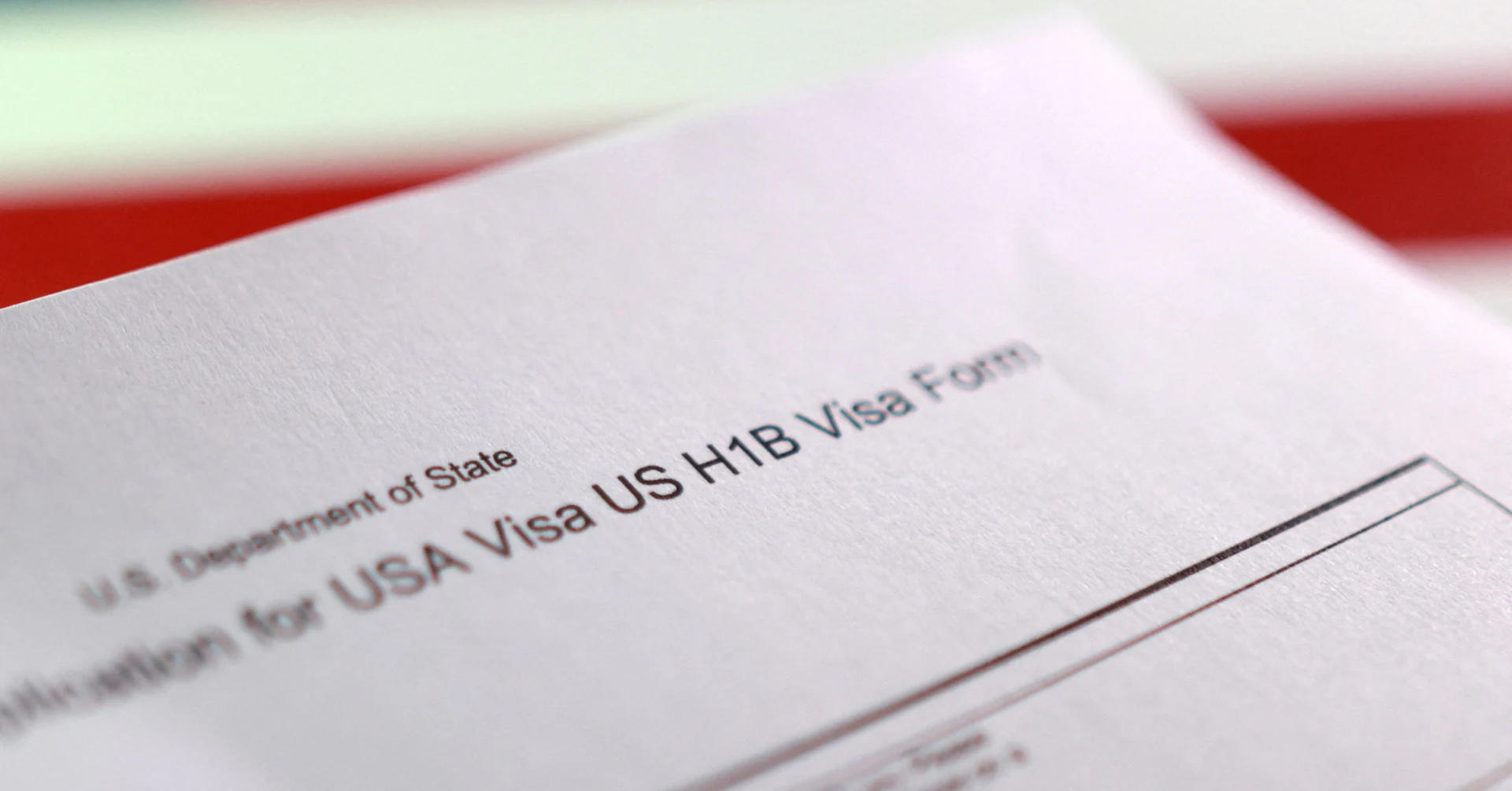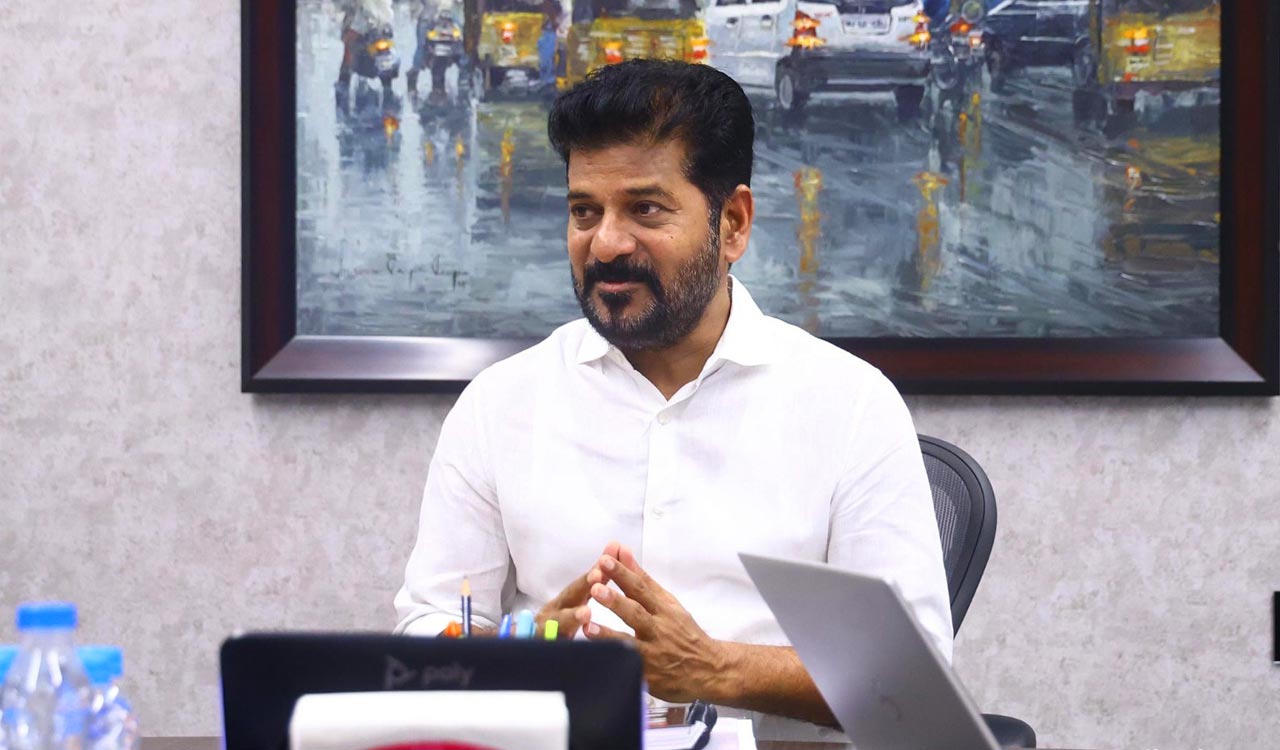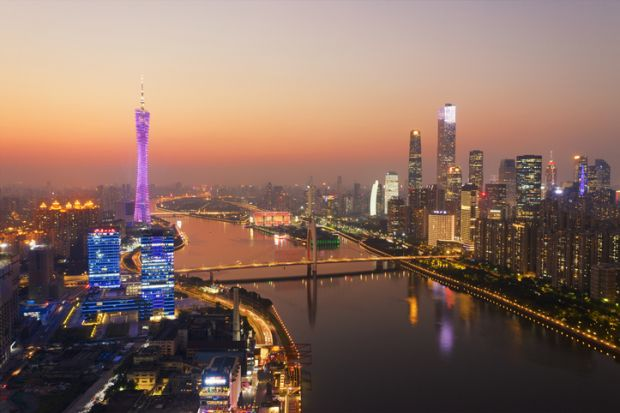
Sept 22 (Reuters) – U.S. President Donald Trump imposed new fees on H-1B visas on Friday as part of his wide-ranging crackdown on immigration.
Trump’s executive order, which took effect at 12:01 a.m. EDT on Sunday (0401 GMT), hikes the fee for H-1B visa applicants to $100,000. It is a one-time fee applied only to new applicants and not holders of existing visas or those seeking renewals.
Sign up here.
WHAT IS THE H-1B VISA PROGRAM?
Established under the Immigration Act of 1990, the H-1B program enables U.S. employers to temporarily hire highly skilled foreign professionals in specialized occupations, primarily in science, technology, engineering and mathematics (STEM) fields.
It requires a bachelor’s degree or higher in the specialty, or its equivalent, according to the U.S. Citizenship and Immigration Services (USCIS). A prospective employer has to submit a petition to USCIS on behalf of the beneficiary.
This program caps new visas at 65,000 every fiscal year, excluding 20,000 petitions from those who have earned a master’s or higher degree in the U.S., or those employed at an American institution of higher education or some non-profit organizations.
India was the largest beneficiary of H-1B visas last year, accounting for 71% of the approved beneficiaries, while China was a distant second at 11.7%, according to government data.
WHY IS IT SO POPULAR AMONG U.S. COMPANIES?
The visa, which is used by big and small tech companies in the United States, is initially issued for a period of three years, after which it can be renewed for another three.
The program opened the way for American firms to hire millions of highly skilled workers essential to filling talent gaps and keeping them competitive. The program’s supporters include Elon Musk, a naturalized U.S. citizen born in South Africa, who has himself held an H-1B visa.
Critics of the H-1B program, including many U.S. technology workers, argue that it allows firms to suppress wages and sideline Americans who could do the jobs.
An H-1B beneficiary has to be paid at least $60,000 annually to be considered “exempt” from certain wage rules, a rule that allows smaller employers and startups to hire on this visa. Big Tech pays much higher wages to their H-1B employees.
WHICH ARE THE STATES WITH THE MOST H-1B BENEFICIARIES?
California has consistently ranked first in the country since 2018 in the number of visa applications received annually, according to data from the USCIS.
WHO COULD TAKE A HIT FROM THE NEW FEES?
Higher visa fees could increase costs and shrink margins of U.S. companies that have long turned to India and other countries to fill technology roles to meet surging domestic demand. It could further constrain a labor market weakened by Trump’s wide-ranging crackdown on immigration that he has pursued since taking office in January.
While artificial intelligence could help plug some staffing gaps, higher costs from visa sponsorships could eventually trickle down to clients. Analysts at Jefferies estimate that the visa fee hike will ultimately hit company margins by 100-200 basis points and hurt profits by 4%-13%.
The fee hike could also lead to a drop in the number of students aiming to pursue a degree in the United States.
Reporting by Johann M Cherian and Kanchana Chakravarty in Bengaluru; Editing by Sayantani Ghosh and Saumyadeb Chakrabarty



